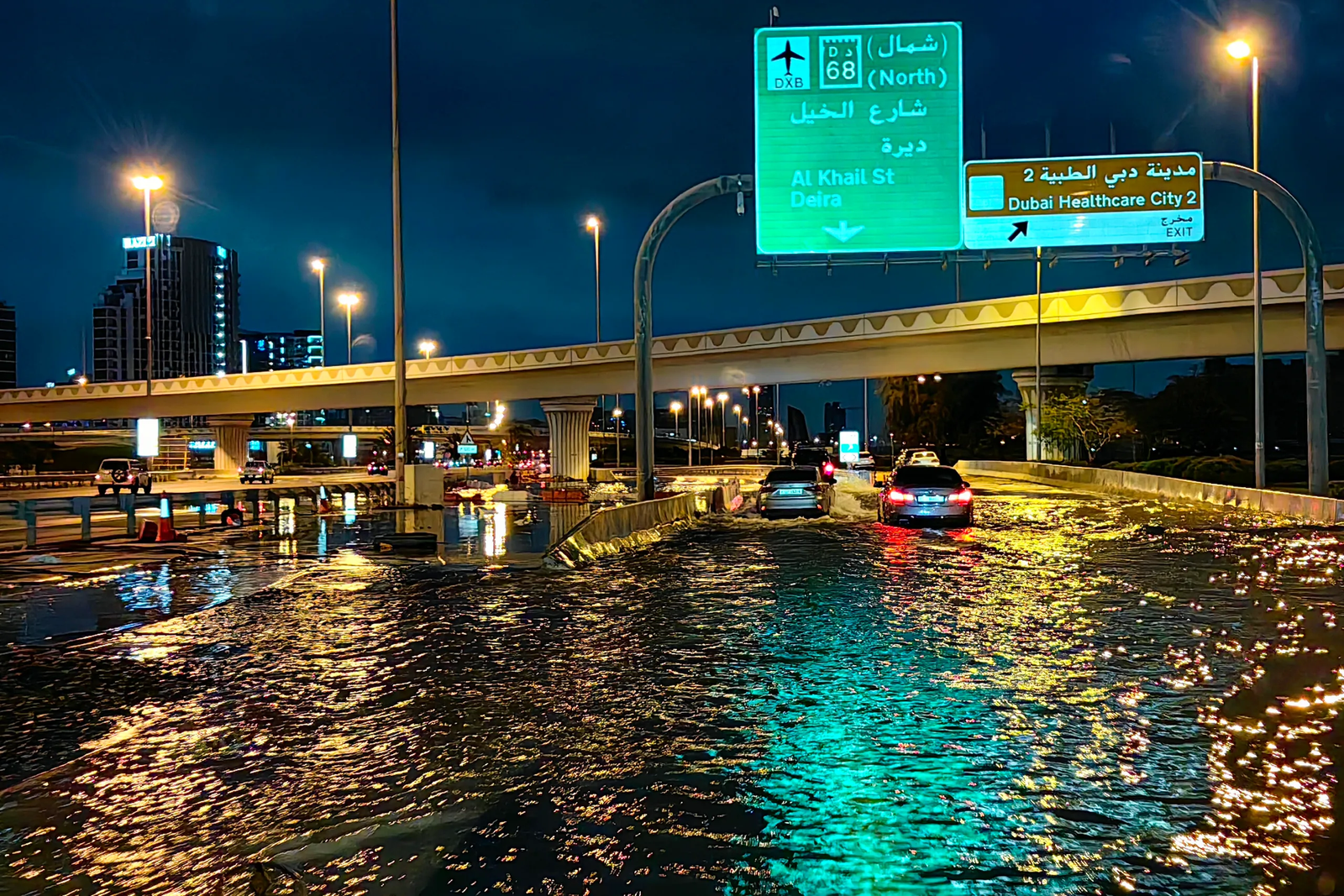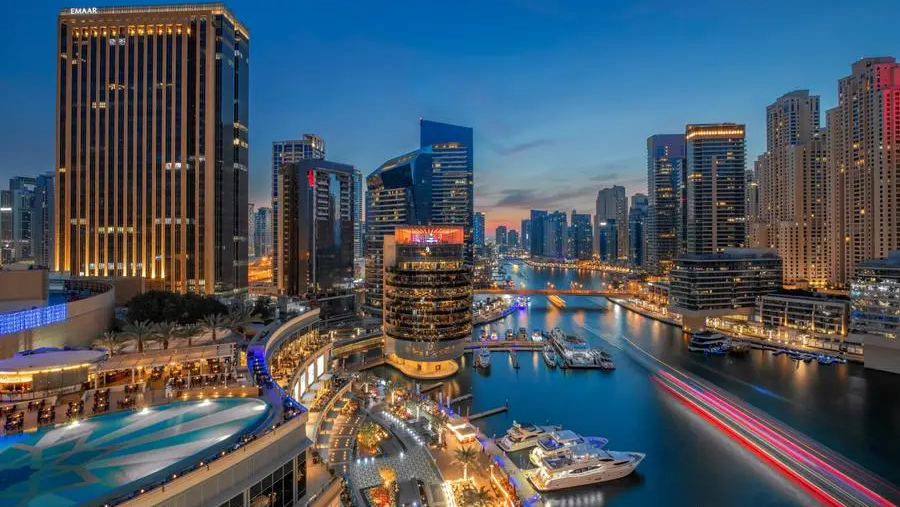Now Reading: Dubai Investment Zones: 6 Real Estate Hubs With Tax-Free Perks
-
01
Dubai Investment Zones: 6 Real Estate Hubs With Tax-Free Perks
Dubai Investment Zones: 6 Real Estate Hubs With Tax-Free Perks

Table of Contents
Dubai’s real estate market continues to attract U.S. investors with its tax-free environment and high rental yields, offering a stark contrast to U.S. markets where federal and state taxes can reduce returns by 15-30%. With no personal income tax, capital gains tax, or annual property taxes, investors retain 100% of rental income and resale profits.
The UAE dirham’s peg to the U.S. dollar eliminates currency risk, and the Golden Visa, granting 10-year residency for investments of AED 2 million ($545,000), enhances long-term appeal. In 2025, Dubai’s market is thriving, with Q1 transactions reaching AED 110 billion and a 19.9% price increase, per Dubai Land Department data.
This article explores six real estate hubs in Dubai’s freehold zones that offer tax-free perks, empowering U.S. investors to maximize returns in 2025.
1. Downtown Dubai: Global Tourism Magnet
Downtown Dubai, home to the Burj Khalifa, Dubai Mall, and Dubai Fountain, is a premier investment hub drawing over 25 million tourists annually in 2025. Apartments start at AED 1.5 million ($408,000), with yields of 6-7.2%. The absence of income and capital gains taxes ensures full profit retention, unlike New York’s 5-6% combined taxes. Occupancy rates exceed 90%, driven by tourists and professionals.
Off-plan projects like Emaar’s Burj Al Arab Views offer 6-8% appreciation by 2027 and zero-rated VAT on first sales, per Federal Decree-Law No. 8 of 2017. U.S. investors can deduct depreciation ($36,364 annually for a $1 million property) on IRS Schedule E.
2. Dubai Marina: Waterfront Investment Haven
Dubai Marina, near JBR Beach and Marina Walk, is a vibrant freehold zone popular for its tourism-driven lifestyle. Apartments start at AED 1.2 million ($326,000), with yields of 6-6.5%. No income or capital gains taxes outperform London’s 15% stamp duty market. Occupancy rates above 90% benefit from Dubai’s 25 million projected visitors in 2025. Off-plan projects like LIV Marina offer 7-8% appreciation by 2026 and VAT-exempt long-term leases (over six months). The 4% DLD transfer fee is lower than U.S. transaction taxes.
3. Dubai South: Expo City Growth Hub
Adjacent to Expo City Dubai and Al Maktoum International Airport, Dubai South leverages its proximity to innovation and event hubs. Studios start at AED 480,000 ($130,000), with yields up to 8.1%. Zero-rated VAT on first residential sales and no income or capital gains taxes reduce costs compared to U.S. markets with 5-8% transaction fees. Off-plan projects like Emaar South’s Urbana offer 7-10% appreciation by 2026 and 85%+ occupancy.
4. Palm Jumeirah: Luxury Tax-Free Retreat
Palm Jumeirah, an iconic man-made island, offers apartments and villas starting at AED 2 million ($545,000), with yields of 6-7.6%. No income, capital gains, or property taxes deliver high returns, unlike Hong Kong’s 15% Buyer’s Stamp Duty. Occupancy rates above 85% are driven by affluent tourists. Off-plan projects like Sea Mirror offer 7-9% appreciation and Golden Visa eligibility, reducing management costs. Digital title deed registration (AED 250, $68) lowers legal costs.
5. Dubai Creek Harbour: Eco-Friendly Investment Zone
Dubai Creek Harbour, near Ras Al Khor Wildlife Sanctuary and the planned Creek Tower, combines sustainability with tax-free perks. Apartments start at AED 1.3 million ($354,000), with yields of 6-7%. Zero-rated VAT and no taxes on rental income or capital gains outperform Singapore’s 60% stamp duty for foreigners. Off-plan projects like Emaar’s Creek Crescent offer 8-10% appreciation by 2027 and 90% occupancy. Blockchain tokenization may apply, so confirm VAT status to avoid 5% charges.
6. Business Bay: Business and Tourism Synergy
Business Bay, near Downtown Dubai and DIFC, offers residential and commercial properties starting at AED 750,000 ($204,000), with yields of 6-7%. The tax-free environment and VAT-exempt long-term residential leases outperform U.S. markets with 10-20% property taxes. Proximity to tourism sites ensures 90% occupancy. Off-plan residential units like The Oasis offer 7-9% appreciation by 2026, while commercial units may incur 5% VAT. U.S. investors must report foreign accounts over $10,000 via FBAR.
U.S. Tax Compliance Considerations
Dubai’s tax-free hubs deliver superior returns compared to U.S. cities like New York (2-4% yields). A $1 million property yielding 7% generates $70,000 tax-free annually, versus $50,000-$60,000 after U.S. taxes. U.S. investors must report rental income on Schedule E, deducting expenses like depreciation, maintenance, and management fees.
Foreign assets over $50,000 (single filers) or $100,000 (joint filers) require Form 8938, and accounts exceeding $10,000 need an FBAR. Non-compliance risks penalties up to $100,000. The 4% DLD transfer fee isn’t creditable against U.S. taxes. Consult a tax professional to optimize deductions.
Risks and Mitigation Strategies
Dubai’s market is robust, with AED 306.3 billion in 2024 transactions and a projected 5-9% price increase in 2025. Risks include off-plan delays in Dubai South, oversupply in Business Bay, and global economic factors like oil price volatility. Blockchain tokenization in Dubai Creek Harbour requires VAT scrutiny. Mitigate by choosing developers like Emaar or Damac, verifying escrow compliance with DLD, and diversifying across zones.
Why Dubai in 2025?
Dubai’s Economic Agenda D33, aiming to double the economy by 2033, and 25 million projected tourists in 2025 drive demand in these tax-free hubs. Yields of 6-10%, zero taxes, and Golden Visa benefits outpace global markets like London (3-5%) or Singapore (3-5%). These six hubs—Downtown Dubai, Dubai Marina, Dubai South, Palm Jumeirah, Dubai Creek Harbour, and Business Bay—offer tax-free perks, high returns, and strategic locations, making them ideal for U.S. investors in 2025.
In conclusion, Dubai’s tax-free investment zones provide U.S. investors with unmatched opportunities. By leveraging tax advantages, partnering with reputable developers, and ensuring IRS compliance, investors can maximize wealth in one of the world’s most dynamic real estate markets. Investment
read more: Dubai Real Estate: 5 Corporate Tax Myths Affecting Buyer Decisions






















